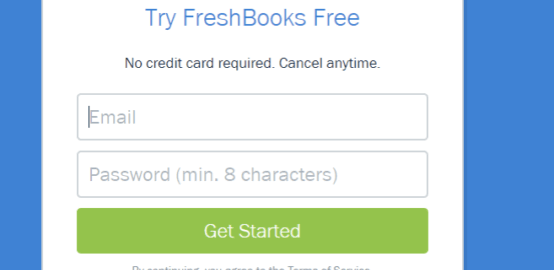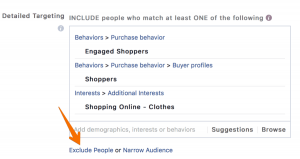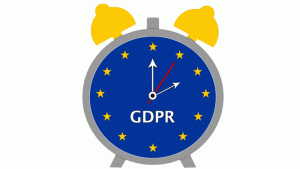Contributor Brent Sleeper reveals how the language and content of great onboarding emails reflect essential secrets for driving user engagement, conversion and growth

Advice for tech marketers rarely covers the words they should be using.
Perhaps that’s not surprising in a business that takes perverse pride in its jargon, acronyms, neologisms and quirky branding. But bear with me, because I’m going to bring my inner word nerd out to play. Don’t worry — I’ll balance that with a hefty dose of actionable information, too.
English speakers aren’t shy about borrowing words from other languages that capture a specific idea that’s otherwise hard to describe. Many of them famously come from German: angst, wanderlust, realpolitik, zeitgeist… and the delicious, vicious concept of schadenfreude.
But there’s another one that product and marketing teams should understand: gestalt. That word refers to the indivisible form and impression of a thing: the whole that’s greater than the sum of its parts. It’s a fancy word that does a good job of capturing how people use and perceive the value of software.
As marketers, we need to remember that word, gestalt, whenever we’re tempted to lean on a checklist of features or specs to market a product. The reason is quite simple: user and customer experience (CX) is far more than the sum of its features. That’s critical in today’s cloud economy, where CX has become an essential quality of successful apps and services.
But let’s not go overboard thinking CX is an ineffable thing that can’t be parsed into practical steps. Consider the first experience a user has with your app or service. It’s nearly impossible to overstate how critical user onboarding is to engagement, conversion and growth for SaaS products. Effective (or ineffective) onboarding literally can make or break a product’s prospects.
Fortunately, with the right series of emails, landing pages and other prompts, product teams can have a meaningful impact on this flow. And guess what? All of those tools involve words — but it’s important to choose the right ones to prompt the user actions we seek.
Words (and emails) matter
From a very early age, we knew “please” was the best word to use when asking for something and saying “thank you” was the likeliest way to earn future favor.
In the business world, studies are continuously being done to come up with word choices that similarly persuade. The right word in a subject line, for example, can increase email opens — while the wrong word can get you flagged for spam.
In fact, email and its impact on onboarding is why I earlier asked your indulgence for a bit of word wonkiness. Onboarding emails and other notifications are exceptionally powerful drivers of user activity. The ways these messages frame an activity and shape a user’s impression of its effort and value can can go a long way towards helping her or him take the action you need.
But sometimes that’s easier said than done. And let’s face it — most product teams are too busy with concrete needs to dive into lists of German words describing existential states of mind. Here are some recipes almost any product team can use to drive key actions and user engagement from the get-go.
It’s not what you say, but how you say it
Whether you are starting from scratch with your SaaS onboarding program or have been working away at it for some time, it’s important to understand how words affect the emotional content of the message — like CX itself, users take in the gestalt of an onboarding email as much as they do the literal words.
So be sure you’re direct and clear. Use design elements that reinforce the core message of your onboarding instructions.
Here are five rules for writing onboarding emails that will help ensure your messages drive the action and impressions you need for a successful product.
1. Onboarding should be direct and action-oriented.
If you’ve ever hurriedly asked for directions and gotten a lot more description than you bargained for, you know what I mean.
Succinct and action-oriented directions:
Take a left on main street.
Not at all succinct or action-oriented:
You know that street right after you pass the high school on your left? It’s going to be the next stop sign over, but make sure you are going the speed limit because school is getting out right about now. They won the state championship last week!
This is what succinct and action-oriented looks like in an onboarding email:
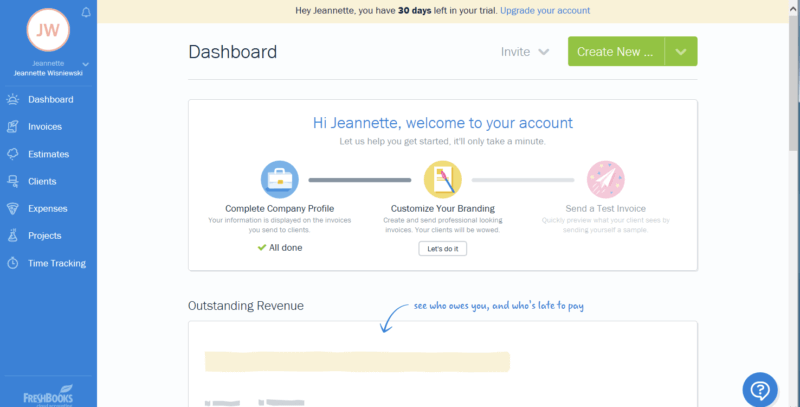
FreshBooks’ onboarding email offers succinct account instructions.
Remember, your goal is to keep them in the flow. They are busy. Point them exactly where you want them to go. Tell them exactly what you want them to do.
Avoid having too many words or instructions on a page. If you must, be sure to make the most important action the most prominent on the page by using different size fonts or other design elements.
2. Good onboarding is always empathetic.
What challenges do your customer have? What are they trying to achieve? When you use words that are empathetic you essentially are getting right at eye level and telling them that you know them and because you know them, they can trust you to be sensitive to their needs.
Not only should your words be brief and linked to a specific action, but they should also speak to a very specific need your user has.
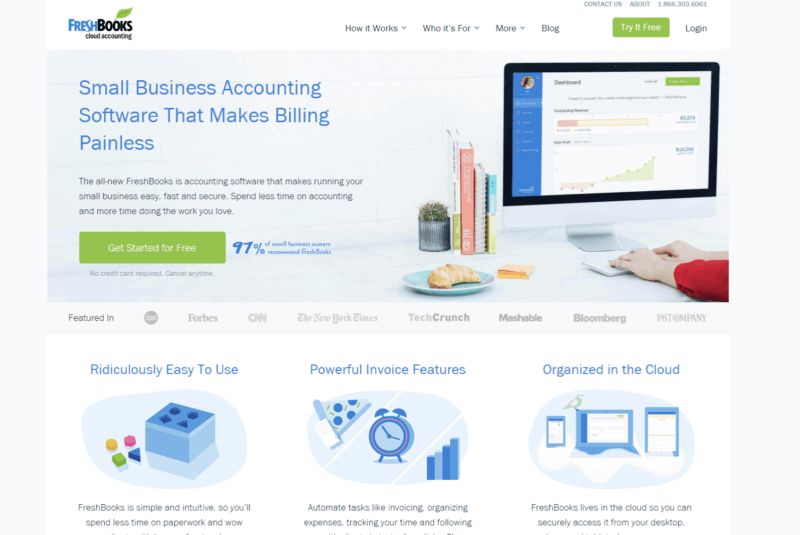
FreshBooks briefly describes how its software meets users’ needs.
Empathy can’t be faked. It conveys you understand your users’ needs, and that authenticity comes through and keeps users engaged with your message. Developing strong customer personas is critical to finding the exact words and phrases that show genuine empathy.
Creating artificial empathy by simply throwing a whole bunch of “we know how you feel” statements into your emails will eventually fall flat, giving customers cause to question how invested you really are in their well-being and success, causing friction and interrupting flow.
3. Effective onboarding emails anticipate user needs.
Anticipating specific needs and challenges reinforces the empathy you have for users. The action of anticipating what someone may need or ask extends kindness, builds trust and encourages engagement.
An example that comes to mind is the server offering a to-go cup for the drink you haven’t finished. Your brain most likely won’t tag this small gesture with the specific action, but rather with words like care, kindness and consideration.
How does that relate to software onboarding? In order to be anticipatory in your onboarding language, you have to consider your user’s unique place in the flow — both theirs and yours.
Data can show where users commonly have challenges, so make sure your emails help make them easy to overcome before your user needs to ask.
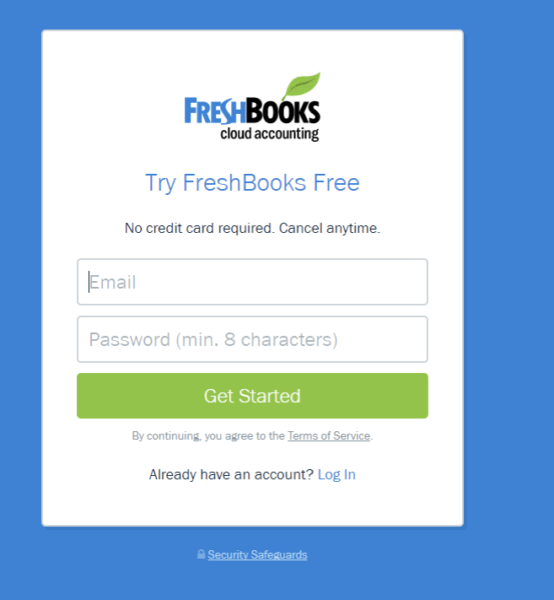
FreshBooks specifies that users can try it out for free.
4. Onboarding should encourage users to accomplish something tangible.
Getting elbow deep in new technology can be uncomfortable to users — especially if the onboarding experience becomes complicated. Any kind of friction or frustration can cause them to click away.
By using optimistic, encouraging words and phrases that connect to specific goals, you are convincing them that the journey is worth it, and that they are fully capable of making it through.
5. Great onboarding messages work on the user’s timeframe.
SaaS sales cycles can vary dramatically. Marketers doing SaaS onboarding know they are in it for the long haul. They know that they will have some users who are eager to dive in while others are more hesitant. Letting the early converts to find information fast while encouraging slower adopters to take things at their own pace is important.
And, not everyone you reach is ready to buy now. Your words must exude a patience that keeps them both comfortable and engaged while they are in their information gathering phase without letting them out of your sights completely.
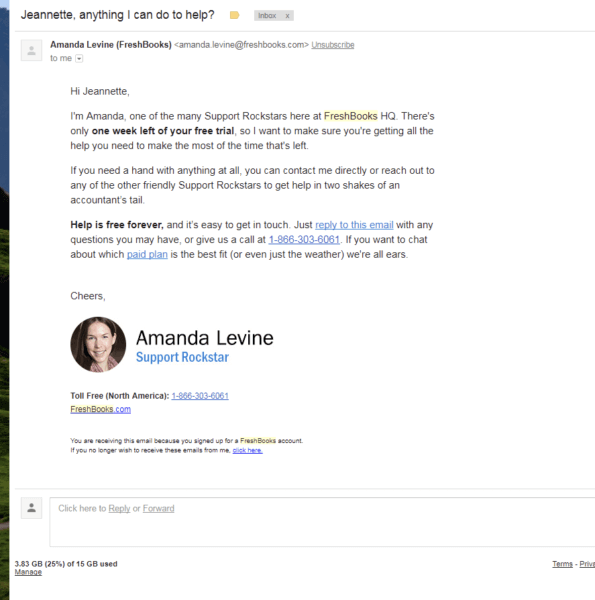
FreshBooks personalizes email content to keep users engaged.
Emails are one part of a total onboarding strategy
You should always work with the mindset towards continuously improving and refining your onboarding experience — paying attention to both the sorts of onboarding email prompts I’ve reviewed here, as well as other aspects of onboarding strategy such as sign-up flows and in-app prompts.
Opinions expressed in this article are those of the guest author and not necessarily Marketing Land. Staff authors are listed here.
Marketing Land – Internet Marketing News, Strategies & Tips
(93)
Report Post